We may earn money or products from the companies mentioned in this post. This means if you click on the link and purchase the item, I will receive a small commission at no extra cost to you ... you're just helping re-supply our family's travel fund.
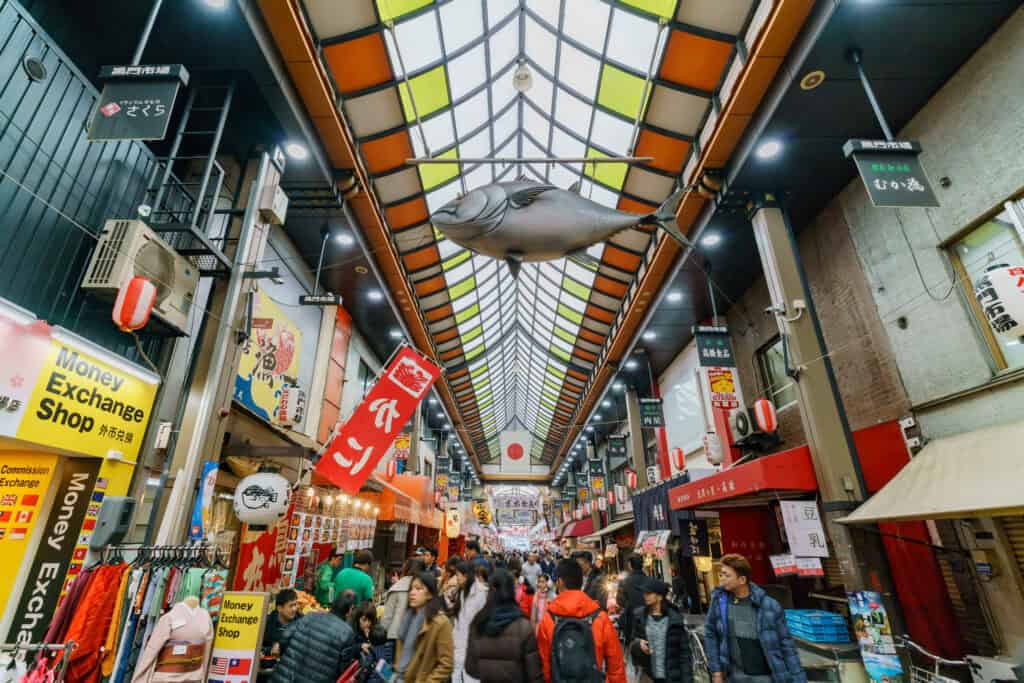
Markets reveal how a city feeds itself. Dawn brings hand trucks, bargaining, and recipes traded between stalls, while afternoons settle into coffee, gossip, and deliveries bound for home kitchens. Prices change with weather; menus follow tides and seasons. The best places welcome outsiders without performing for them, keeping the focus on staples, not souvenirs. What this really gives is an honest map: neighborhoods stitched by bread ovens, cutting boards, and voices that know which stall has the day’s best greens.
Khlong Toei Market, Bangkok
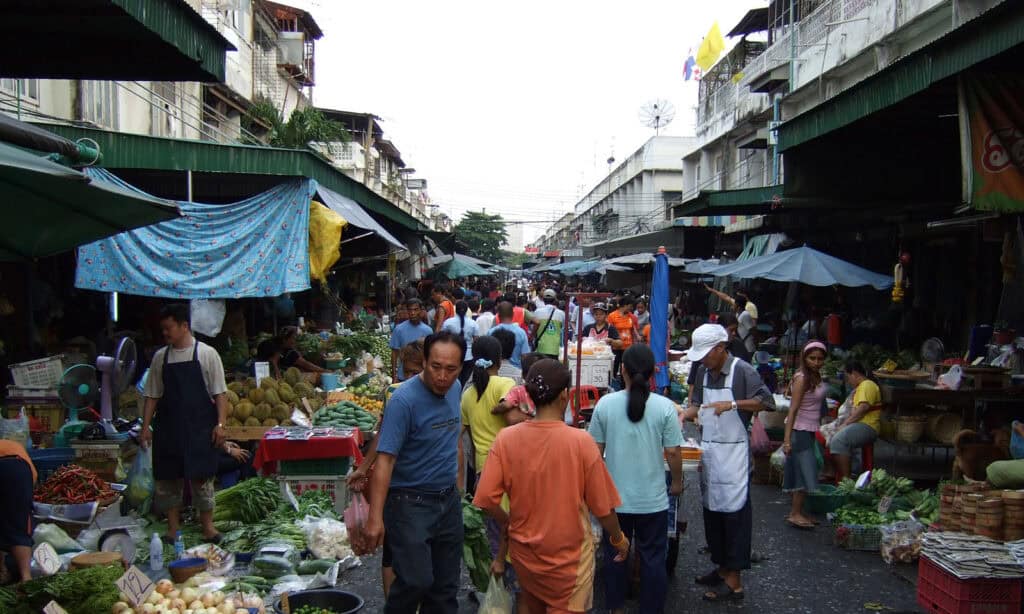
Bangkok’s largest wet market runs on speed and candor. Butchers break down pork under swinging bulbs, herb vendors mound kaffir lime and holy basil, and fish slap into tubs packed with ice. Restaurant buyers shoulder through before 7 a.m., then families arrive for curry pastes and rice by the kilo. The air shifts from diesel to lemongrass in a block. It’s practical, loud, and generous, anchored by stallholders who remember faces and point to what’s freshest without fuss.
La Vega Central, Santiago
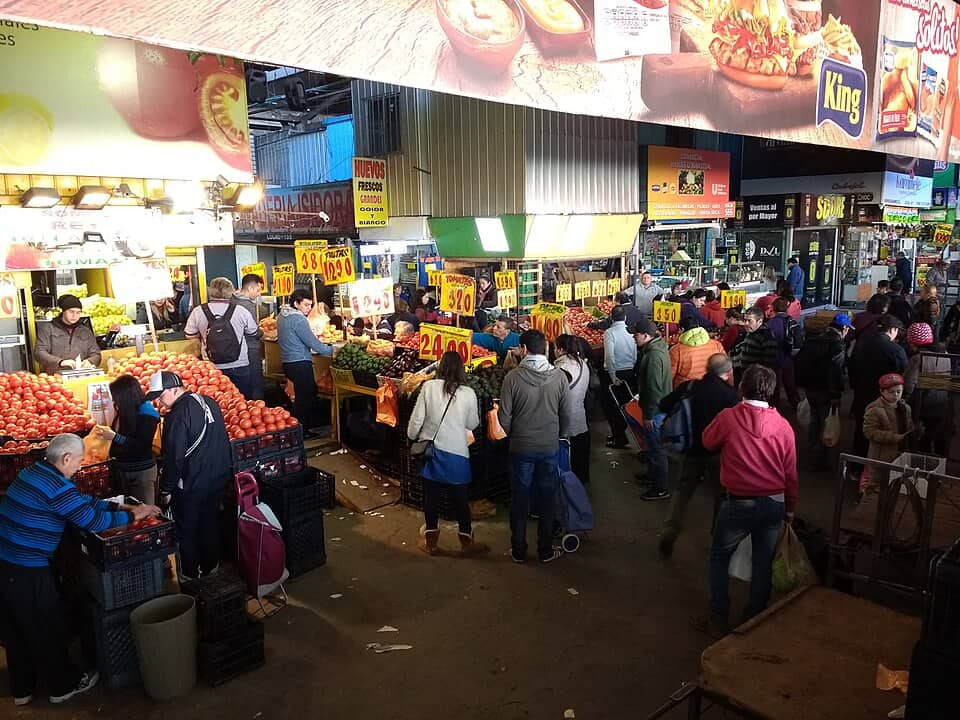
La Vega covers several city blocks of produce, cheese, and lunchtime cocinerías that cook what surrounds them. Pyramids of chiles, avocados, and peaches glow under skylights as porters weave dollies through narrow aisles. Workers grab cazuela or porotos granados at noon, while abuelas quiz vendors about price and provenance. It’s where the city calibrates its pantry, and the rhythm holds whether it’s harvest season or rain. Tourists are welcome, but the shopping list stays local.
Marché d’Aligre, Paris
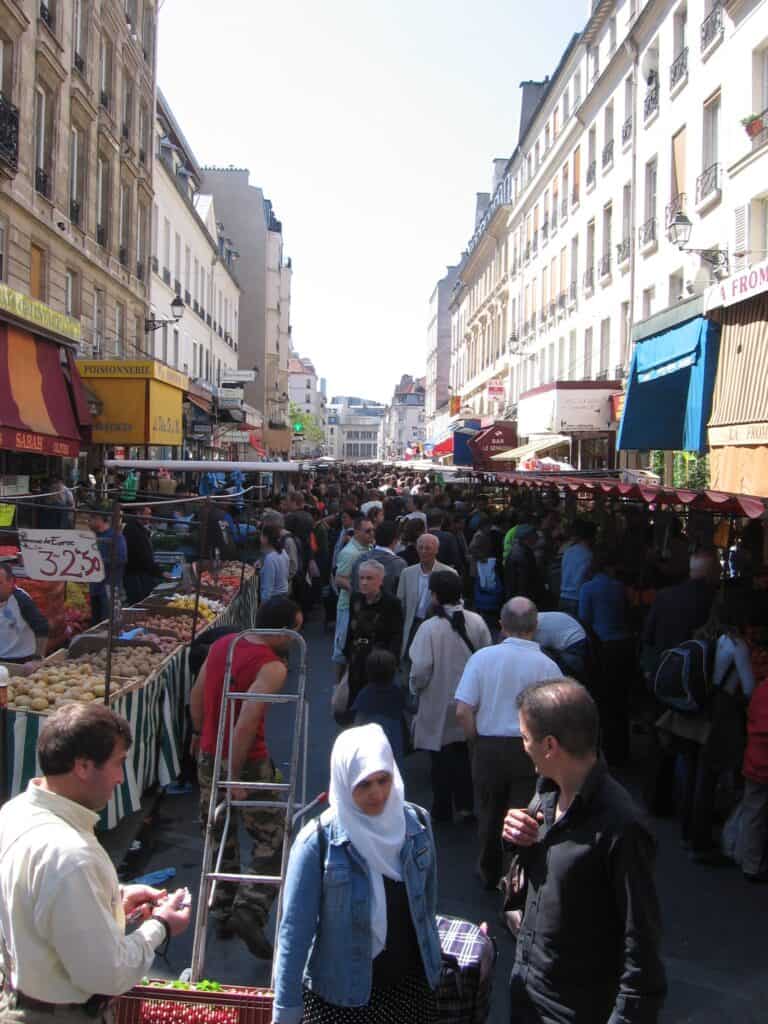
In Paris’s 12th, Aligre splits the difference between street bustle and a covered hall lined with cheese, spices, and cured meats. Morning shoppers compare stone fruit, then cross to the brocante for cast-iron pans and café saucers. Prices are sharp, jokes are sharper, and regulars know which boucher cuts for stews versus grills. By early afternoon the square leans toward wine bars and oysters eaten standing. It’s Paris at practical speed, shopping first, lingering second, romance implied.
Nishiki Market, Kyoto
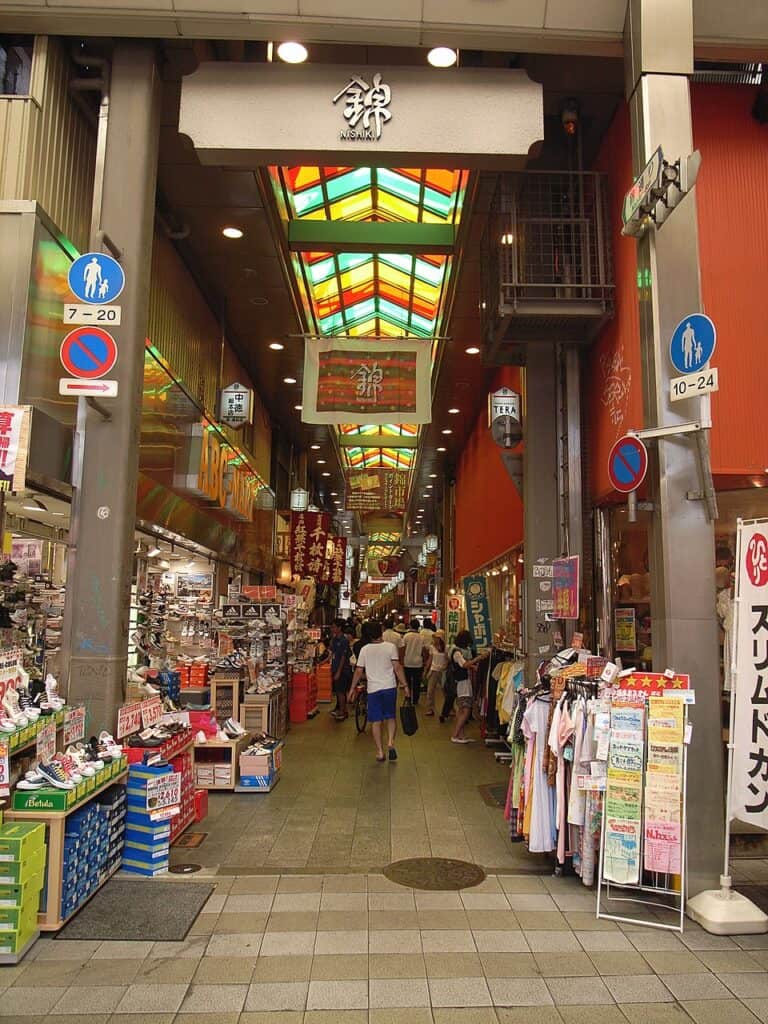
Five narrow blocks in central Kyoto pack a century of foodways into a shaded arcade. Pickle barrels and soy curd share space with skewered river fish, sesame sweets, and knives tempered for a lifetime. Locals queue for obanzai and miso makers who still weigh by feel. Signs keep the tone respectful, reminding visitors this is a pantry, not a theme park. Late afternoons soften into tea and small bites before shutters slide down with a hush.
Tekka Centre Wet Market, Singapore
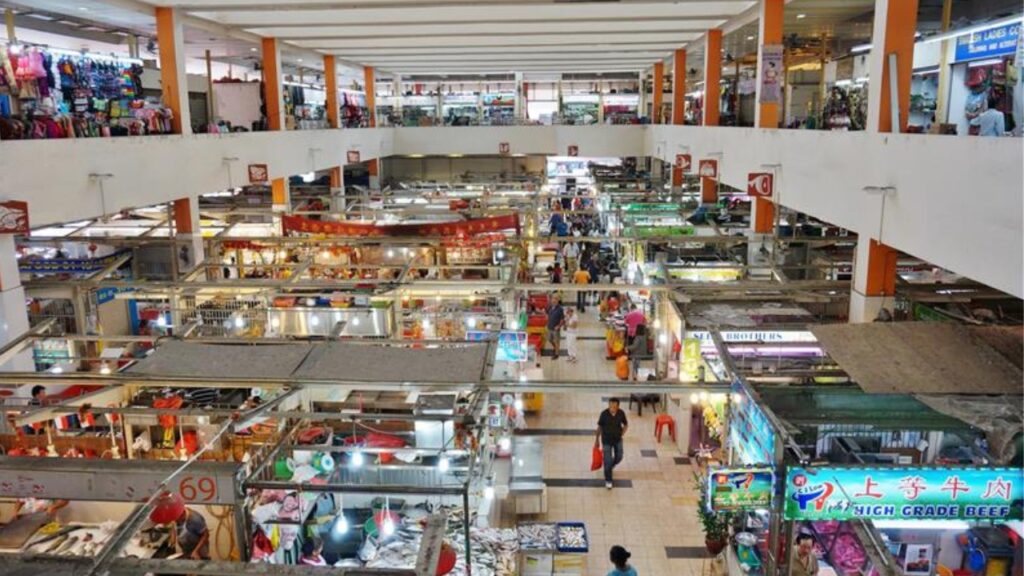
Under a bright roof in Little India, Tekka moves from tuna collars and blue swimmer crabs to mutton, pandan, and mountains of curry leaves. Hawker stalls upstairs fry dosas and ladle biryani to taxi drivers and office clerks by 11 a.m. It’s a study in coexistence: Malay, Chinese, and Indian vendors trading recipes along with change. By midday, ice melts, prices ease, and the market smells of spice and citrus. Dinner, for half the city, starts right here.
Mercado de la Merced, Mexico City
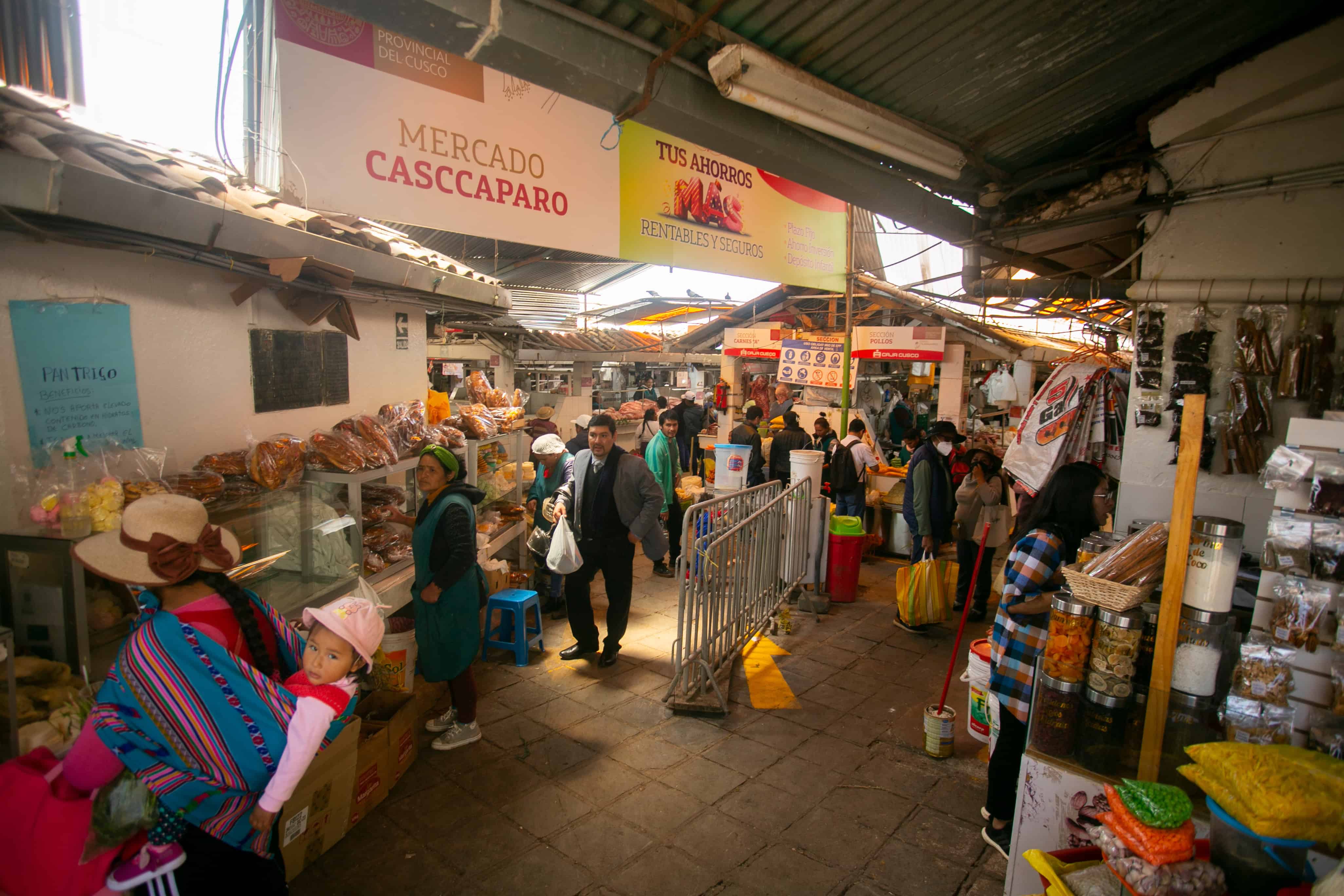
La Merced is a maze that feeds a metropolis. Corridors stretch with chiles by the sack, moles in earthen vats, and crates of papaya and guava bound for street stands. Tortilla presses thrum near knife sharpeners who whistle as they work. It’s crowded, imperfect, and absolutely essential, where chefs haggle beside home cooks and every stall grants a lesson in regional Mexico. The day ends with tamales and atole as vendors sweep kernels into neat, practiced piles.
Mercato di Ballarò, Palermo
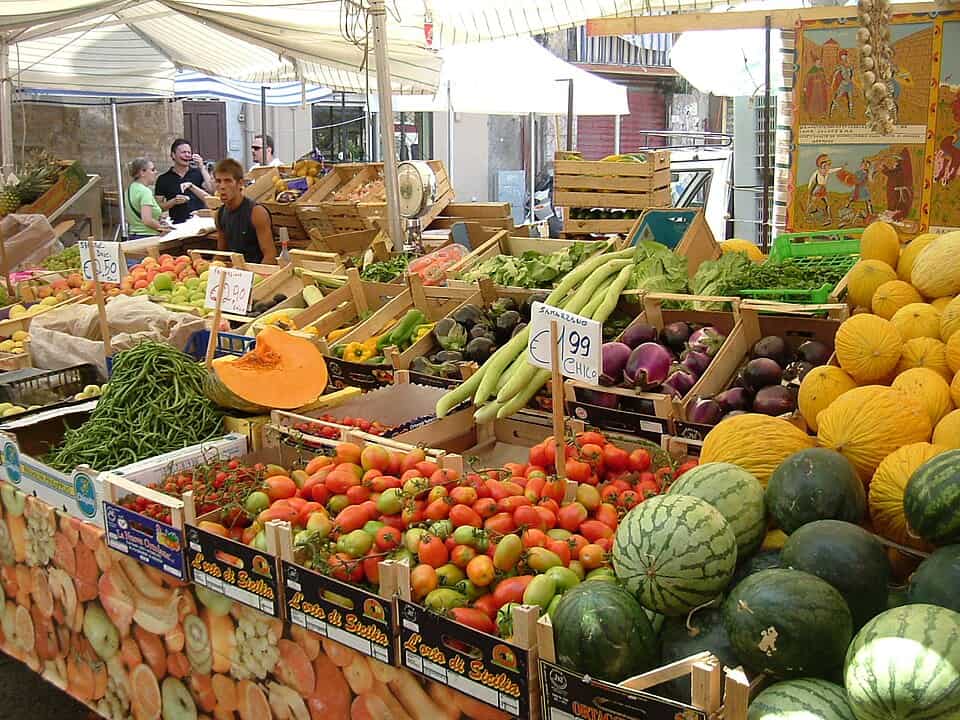
Ballarò wakes to the chorus of abbanniate, those rolling vendor calls that turn prices into music. Swordfish glints on shaved ice, blood oranges stain fingers, and mountains of wild fennel hint at dinner. Nonna selects sardines for pasta con le sarde while someone fries panelle on a corner griddle. The market belongs to families who shop daily, argue sweetly, and move on. By late afternoon, shutters clatter, gossip finishes, and Palermo returns to streets scented with anise and smoke.
Kadıköy Market, Istanbul
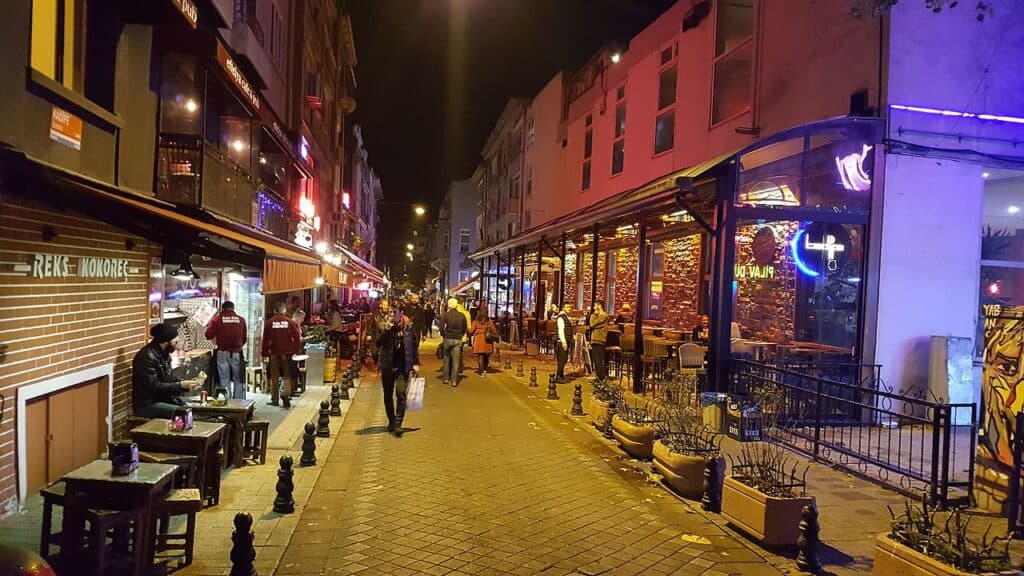
On Istanbul’s Asian side, Kadıköy strings together meyhanes, fishmongers, and grocers stacked with olives, cheeses, and glistening eggplants. Anchovy season rewrites menus, and tea glasses chime as porters thread alleyways. Locals taste before buying, then carry paper parcels to lunch counters for frying on the spot. The vibe is brisk but not rushed, with prices posted and advice free. Ferries roll in and out, and the whole quarter reads as a pantry with a waterfront.
Gwangjang Market, Seoul
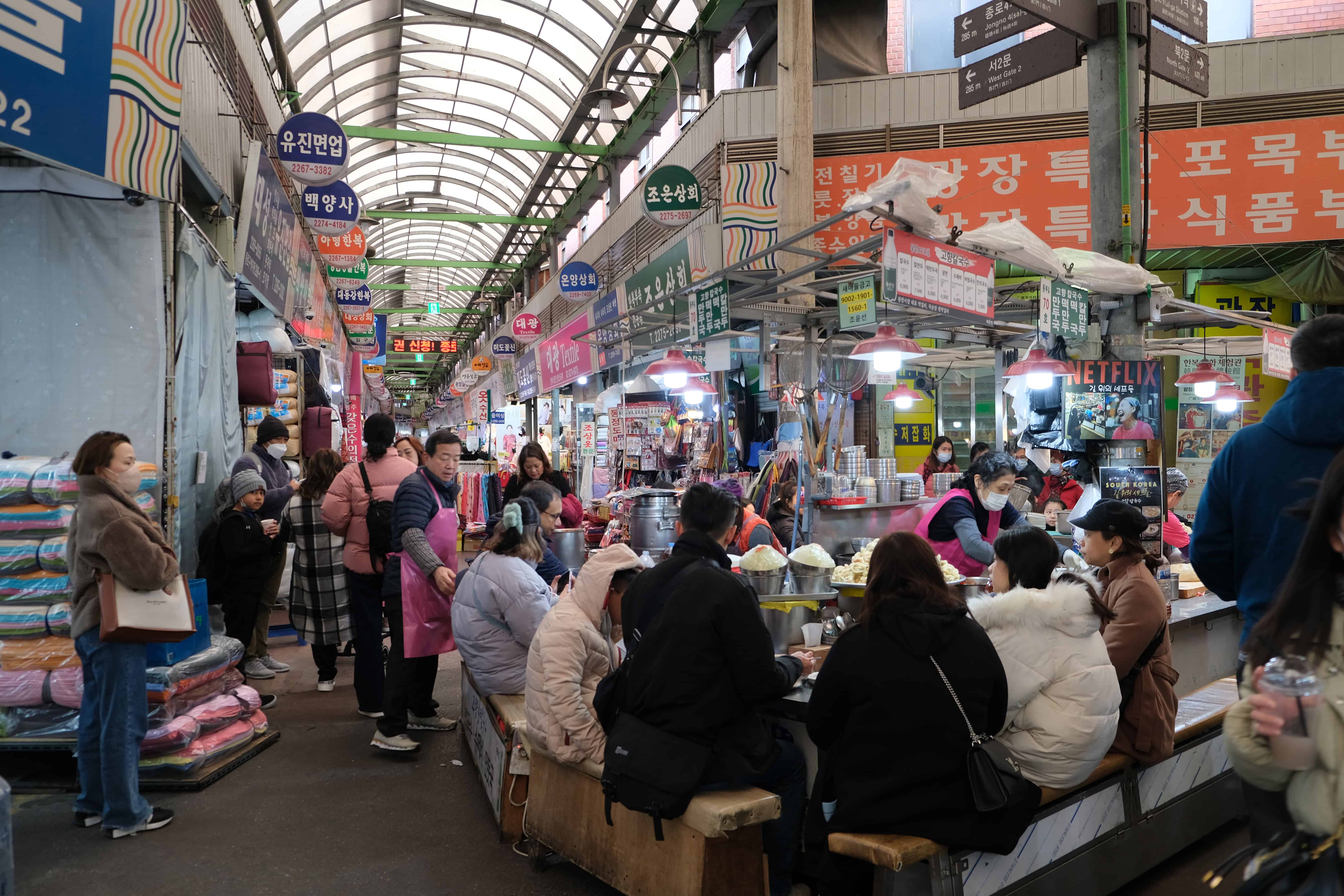
Gwangjang’s ground floor handles silk and linens, but the food arcades pull the crowd. Stalls crack eggs over mung bean batter, slice skate, and roll seaweed into gimbap logs shaped for quick lunches. Office workers perch on stools, grandmothers talk kimchi science, and vendors top bowls with sesame oil that hits like a bell. It’s daily Seoul, fluorescent and honest, where the queue decides the hit of the week and cash still moves faster than phones.
Surquillo Market No. 1, Lima
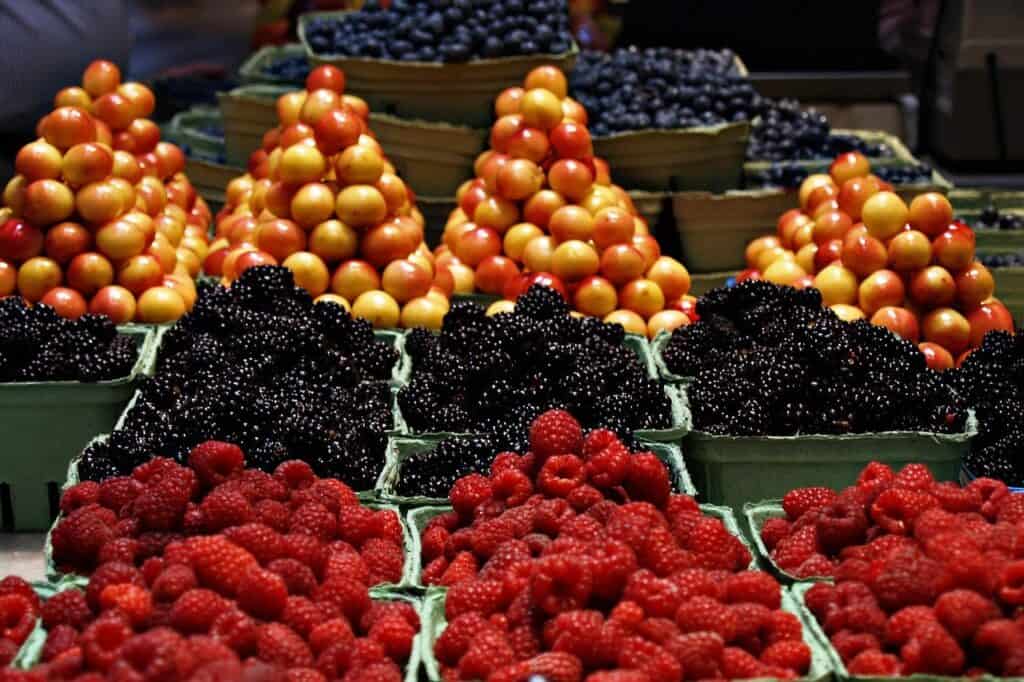
Surquillo feels like a chef’s syllabus laid out on ice and leaves. Corvina and shellfish line one aisle; ajíes blaze through the next in red, orange, and green. Juicers thump papaya and lucuma into tall glasses while herb sellers pack bundles for caldo. Buyers come twice a day, once for lunch, again before dinner, because the sea writes the schedule. Vendors steer questions toward underused cuts and cheaper catches, and that small kindness stretches a family’s budget with flavor.
Mahatma Jyotiba Phule Mandai, Mumbai
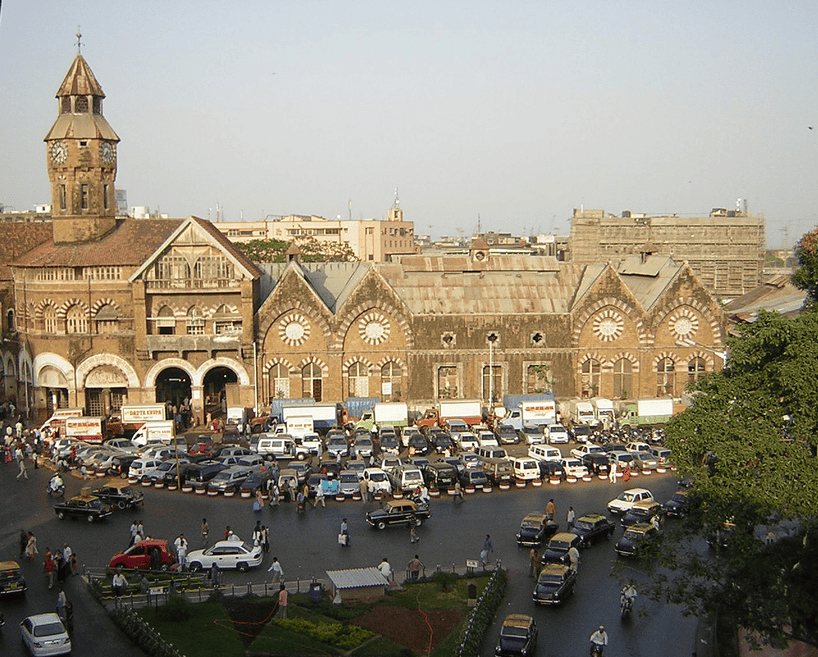
Still called Crawford Market by many, this Victorian hall funnels Mumbai’s appetite through arches and sunlit stalls. Crates of greens, spice mounds, and poultry counters fill the ground, while fruit merchants crack jokes and coconuts with equal ease. Restaurant runners sprint orders to taxis as home cooks haggle with the same precision. The market holds its own against modern malls because it delivers freshness, speed, and conversation. By dusk, handcarts rattle out and the city keeps moving.
Mercat de Santa Caterina, Barcelona
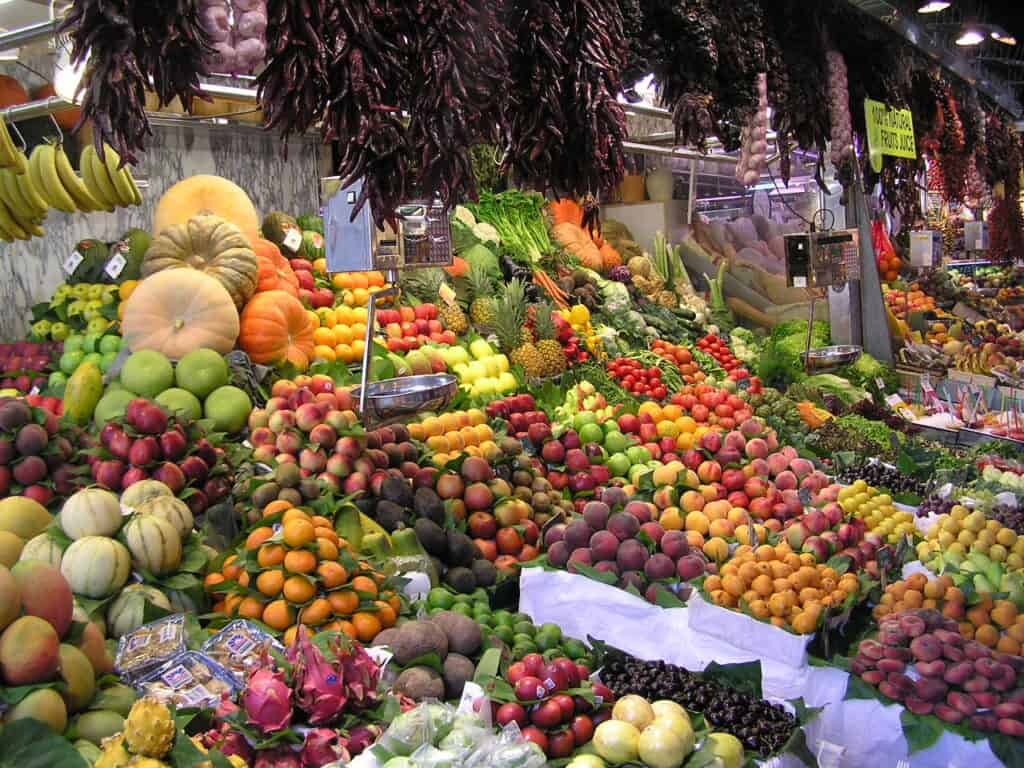
Under a wave of tiled color, Santa Caterina serves the neighborhood without fanfare. Fish glitters in neat ranks, butchers trim chuletas for supper, and produce stalls push artichokes and peppers by the kilo. Early mornings belong to regulars who trade recipes with vendors; late mornings bring coffee and a paper at the bar. It’s the quieter cousin to La Boqueria, tuned to habit rather than spectacle. The roof draws eyes, but the baskets tell the real story.